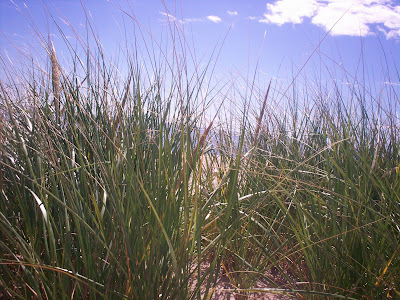Here is the Bridge of Flowers in Shelburne Falls, western Massachusetts on another beautiful fall day. Our beautiful fall tourist season is fast approaching, though with a few less trees this year. Just this past weekend with Hurricane, then Tropical Storm Irene, the Bridge of Flowers faced another weather challenge from the rapidly rising Deerfield River.
Rivers become angry, scary creatures in the wake of too much rain or snow melt, and as we have often seen, can do terrific damage. Smaller hill towns can find themselves isolated, without power, emergency assistance, or escape. Irene could have been much worse, but a storm is never a good thing under the best of circumstances. In the past, the odd hurricanes that meander up here often destroy businesses that never reopen. It is sometimes easier for us to put a number on the horrific loss of life than it is to account for jobs and income lost.
We don’t know yet what the extent of damage and loss still occurring in Vermont. Many communities are isolated from washed-out roads. Some of Vermont’s celebrated covered bridges are damaged or swept away.
The Bridge of Flowers may have a happier fate. It has a modest history, the pride of this small town of Shelburne Falls. It had been a trolley bridge built in 1908 by the Shelburne Falls & Colrain Street Railway. It connected Shelburne Falls and Buckland across the Deerfield River. The trolley company went bankrupt in 1927 (another flood year, as it happens), when more people and goods began to be transported by car and truck. You can see the old restored No. 10 trolley and more info at the Shelburne Falls Trolley Museum. Have a look at this website.
The year after the trolley bridge was discontinued, in a series of public spiritedness and plain good ideas, the bridge was bought by the Shelburne Falls Fire District, and the Shelburne Falls Woman’s Club sponsored a project to turn the old railway bridge into a unique garden. In the spring of 1929, loads of loam and fertilizer were laid out on the bridge, and donated labor created a garden and a pathway through which one could stroll from Buckland to Shelburne Falls along one of the prettiest routes ever created.
In the earlier 1980s, the community again banded together to restore the aging Bridge of Flowers. For more information on the Bridge of Flowers, have a look here.
In weeks to come I’ll try to post more on some of Vermont’s covered bridges, both ones that were swept away and those that remain. Unfortunately, it will take some weeks for the Green Mountain State to even assess the ruin left by Tropical Storm Irene. One can only speculate at this time if their upcoming beautiful fall tourist season may be one of those casualties.


























